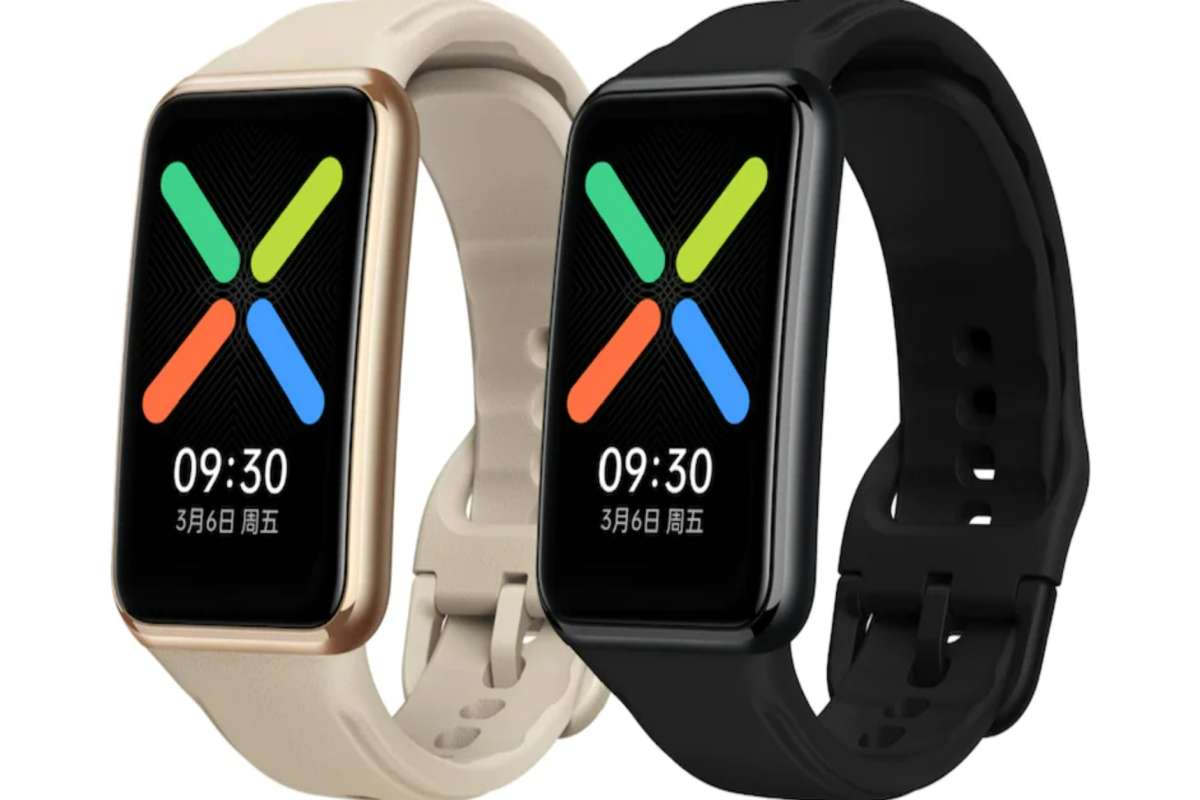
Oppo and Mobvoi were the first firms to declare that their upcoming products will be based on Qualcomm's Snapdragon W5 wearable platform at the platform's introduction. Soon after, Mobvoi announced specifically that the Snapdragon W5+ Gen 1 platform will power its next Mobvoi TicWatch. With the release of its forthcoming Watch 3 Series, Oppo has now confirmed the same. The Oppo Watch 2, which was released last year, will be replaced by the new Watch 3. The forthcoming Watch 3 will employ Qualcomm's most recent Snapdragon W5 Gen 1 CPU, according to a teaser poster that Oppo posted on Weibo.
The words Oppo Watch 3 are visible prominently displayed above the image on the poster. The trailer also states that Oppo's Watch 3 series would be the first company to use Qualcomm's new Snapdragon W5 architecture when it launches globally. Oppo has not yet provided any information regarding the forthcoming Watch 3 series. A launch date for the same has not yet been announced by the brand. The smartwatch's operating system is another thing that is yet unknown.
In July, Qualcomm unveiled the Snapdragon W5 wearable platform, which the company says can offer improved performance while using less energy. The Snapdragon W5+ Gen 1 and the Snapdragon W5 Gen 1 processors, both of which rely on the 4nm manufacturing process, were both unveiled by Qualcomm. AON (always on) co-processor (22nm) is a feature exclusive to the Qualcomm Snapdragon W5+ Gen 1 that is said to aid in background tasks and sensing, voice processing, audio playing, and notification handling. Over the previous Snapdragon Wear 4100+ platform, which was based on the 12nm manufacturing process, the new platforms represent a much-needed improvement.
In July 2020, the Oppo Watch was introduced in India. Two variants, one with a 41mm casing and the other with a 46mm case, were offered, with prices ranging from Rs 14,990 to Rs 19,990, respectively. The Oppo Watch 46mm is built on the Qualcomm Snapdragon Wear 3100 platform and has a flexible dual-curved AMOLED display. It also has an Apollo3 co-processor that was designed to be more power-efficient. Oppo's Watch Free, which debuted in February of this year, is the brand's most current wearable in India. It has an AMOLED display and makes the claim that its battery life may last up to 14 days.















